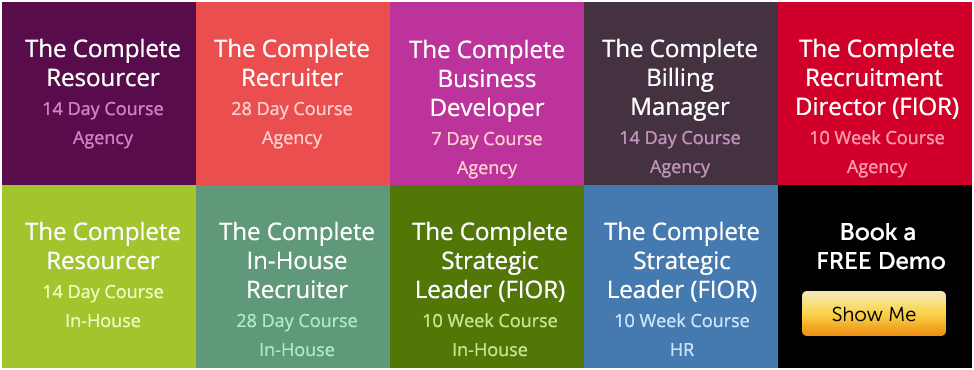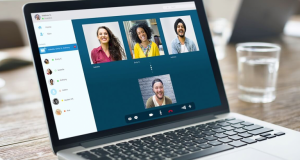 It is estimated that a new user joins LinkedIn every second, so little wonder it is now one of the main cogs in the recruitment machine
It is estimated that a new user joins LinkedIn every second, so little wonder it is now one of the main cogs in the recruitment machineAs far as recruitment via social media is concerned many are of the opinion that the only one worth bothering with as far as accessing the best candidates is LinkedIn. Yes it has established itself as the ‘business’ social media platform and is geared towards networking and recruitment rather than general social interaction but that doesn’t mean your recruitment process should solely concentrate on LinkedIn and ignore other social tools.
For many LinkedIn has become more than just a social recruitment platform and now forms an integral part of their daily recruiting process. It now has the reputation of being the largest online CV database and users profiles are sourced by thousands of HR teams and recruiters on a daily basis hoping to source the best in the talent pool. It has taken head hunting into the digital age and those invited to attend interviews can accept invitations to join the company’s group or follow their corporate page.
Attention Recruiters
See Live Jobs on SplitFee.org – Don’t Miss Out
It’s FREE if you Join Now
It is estimated that a new user joins LinkedIn every second, so little wonder it is now one of the main cogs in the recruitment machine. Even with this impressive stat it still falls way short of the mark compared with the king of social media; Facebook. With well in excess of 1bn registered users the savvy recruiters are catching on to the fact that while it doesn’t have the formality of LinkedIn Facebook can also play a valuable role in the recruitment process.
More than half of all smartphones are connecting to Facebook every hour of every day, and more recruiters really need to utilise this channel fully in order to optimise their talent search. The personal data readily available allows recruiters the luxury of tailor making job ads for their target audience on either their own page, PPC advertising or through one of the numerous groups that deal with job hunting or careers in specific areas.
Facebook offers organisations a platform that enables them to reach the highest volume of people in the shortest possible time. This also creates a wide level of diversity as well as them being able to contact those passive candidates who may not be actively seeking work but whose interactions imply they are open to offers. The ‘like’ button is the fastest way of letting everyone know your interest in the post or group thus creating the maximum visibility to potential top candidates.
Used to maximum effect Twitter can also be just as useful a recruitment tool as LinkedIn. This social media channel concentrates on engagement through conversation and the use of hash tags, tone and techniques to appeal to your target audience of job seekers. Bear in mind that you should not merely retweet vacancies over and over again. Companies and recruiters must engage in twitter chats, build a community of potential talent and get the message across regarding their brands or clients personality.
One sure fire way to engage with a social audience is to use case studies and a ‘day in the life’ type content from existing employees to give potential candidates an idea of the company’s culture, this will not only keep them interested but will draw more passive candidates into the mix.
Those who claim Twitter doesn’t work for them in terms of recruitment are not tapping into its full potential. It’s important to build up a good following before posting job ads and the easiest way to do this is to become and follower yourself and engage, comment and reply to other people’s posts whilst sharing your valuable content with your audience.
Here’s the COMPLETE set of Accredited Recruitment & HR courses







